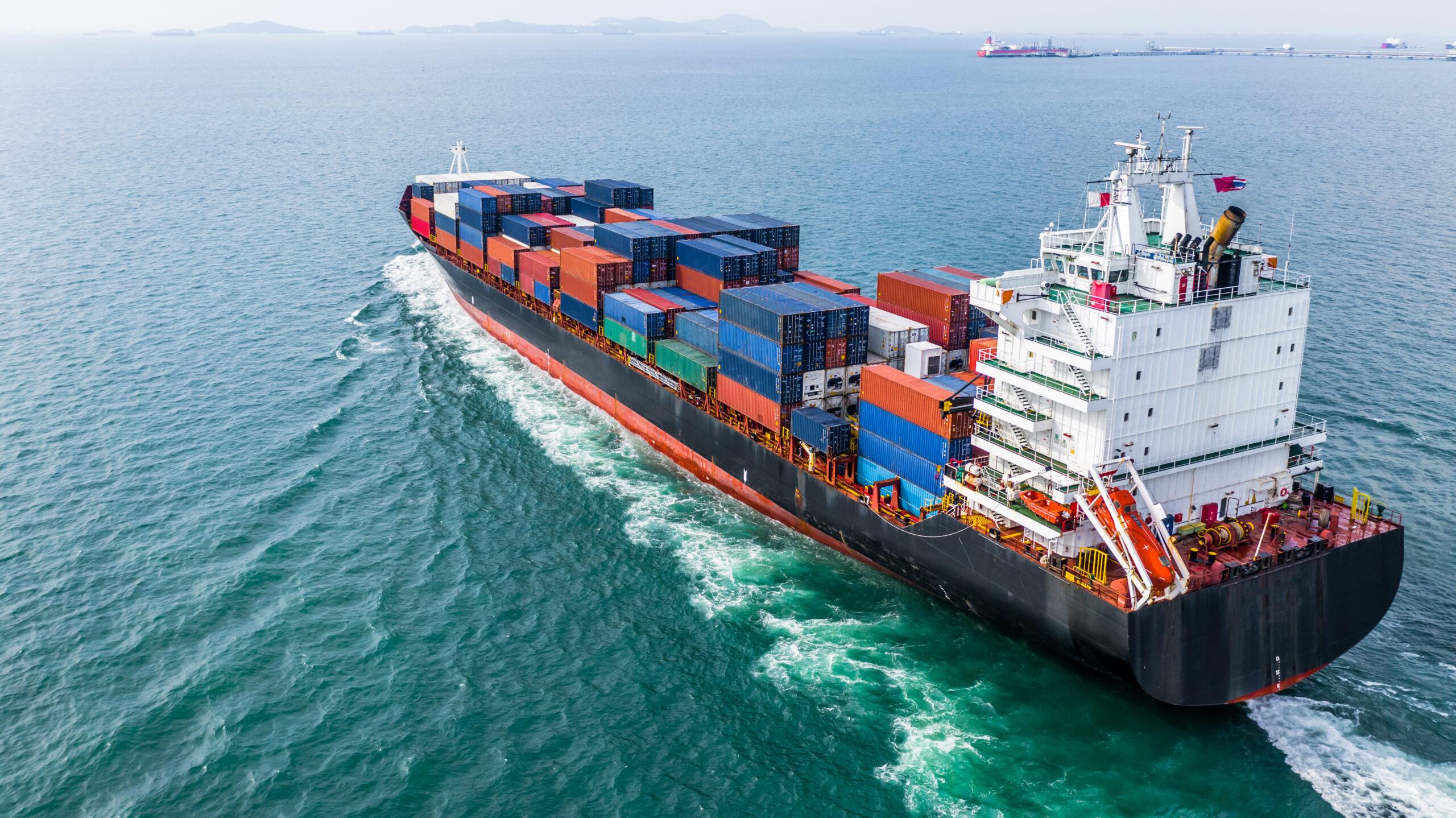Shipping your exports abroad is an attractive opportunity to reach new customers and grow your business. At the same time, you want to limit your exposure to financial risk factors. Determining the best payment methods for your export shipments ensures that you get paid as soon as possible and that buyers receive favorable sales terms.
International trade finance companies like Tradewind Finance provide credit protection that minimizes the payment risks of foreign trade. Below, you’ll find the four most common export payment methods and when to use each of them. You’ll also find out how you can gain immediate access to a scalable source of working capital that increases your cash flow and enables business growth.
Cash in Advance
Cash in advance requires your buyer to complete payment in full before receiving your merchandise. Credit cards, wire transfers, and escrow services are the most common forms of cash in advance payments.
Pro: You avoid financial risks because you get paid before shipping your goods.
Con: This option creates an unfavorable cash flow for your buyers and could drive them to do business with competitors that have more attractive payment choices. Additionally, your customer faces the risk of a damaged or missing shipment.
Choose this payment method for new customer relationships in areas with economic or political instability. However, making this your only payment option for all customers could have dire consequences on your customer relationships.
Letter of Credit
A letter of credit (LC) is a bank document made on behalf of the purchaser, which guarantees payment to the seller, who must meet the terms and conditions.
Pro: This option offers security to both parties.
Con: The seller may be at risk of not receiving the payment if the documents submitted to the foreign bank don’t meet the conditions established under the letter of credit.
A letter of credit is the best choice when the creditworthiness of your customer’s bank is satisfactory, but you’re having difficulty accessing information about the foreign buyer.
Open Account
With an open account, or accounts payable, option, the exporter ships goods before receiving payment. The buyer must transfer the full amount within the credit period, which is typically 30 to 90 days.
Pro: The buyer’s risks are minimized, which can help attract new customers in competitive markets.
Con: Exporters face the highest risks if the buyer defaults.
Open account payment terms are ideal for established customer relationships and routine sales in countries with stable economic and political situations.
Documentary Collection
For a documentary collection (D/C), the exporter needs to submit required forms to the importer, such as a bill of lading. The exporter’s bank will send payment instructions to the buyer’s bank. Afterward, your buyer can pay “at sight,” where they will receive the title to the goods upon payment. Alternatively, the buyer can pay on a “specified date,” outlined in the contract terms.
Pro: A D/C payment can be more affordable for the importer than a letter of credit.
Con: The exporter has no guarantee of payment from the bank.
This option makes your bank responsible for collecting payment from the foreign buyer. Documentary collection is a convenient service to offer regular customers with low to medium credit risk.
Export Factoring and Supply Chain Financing Solutions
International non-recourse export factoring, which is also commonly called account receivable financing or invoice financing, is a financial tool that leverages your accounts receivable and gives you expanded access to short-term funds. You can even receive financing to support the growth of your entire supply chain. An international trade finance company like Tradewind Finance offers both export factoring and supply chain finance to improve working capital for businesses around the world.
Here’s how an international trade finance company can reduce trade risks for the different payment methods:
Letter of Credit
An intermediary can eliminate the letter of credit risks by covering an advance of up to 95% of the invoice value. After payment is received from your buyer, the remaining balance will be transferred to your account.
Open Account
Export factoring eliminates the risks of open account payments by checking the creditworthiness of your customers and setting an appropriate limit. You’ll receive an advance payment within two days of submitting your invoice, instead of waiting up to three months.
Documentary Collection
Third-party financing can advance your D/C payment while handling the documentation and bank collection process for you.
Final Thoughts
Regardless of the payment methods you choose, export factoring and supply chain finance companies can offer non-recourse financial protection that limits your global exporting risks. Intermediaries act as your credit department by taking over the responsibilities of payment collection and recordkeeping. At the same time, your payment will be covered in the event of the buyer’s insolvency, thereby eliminating all credit risk.


